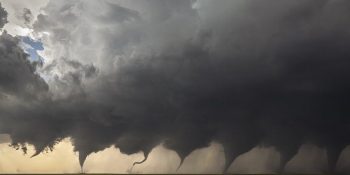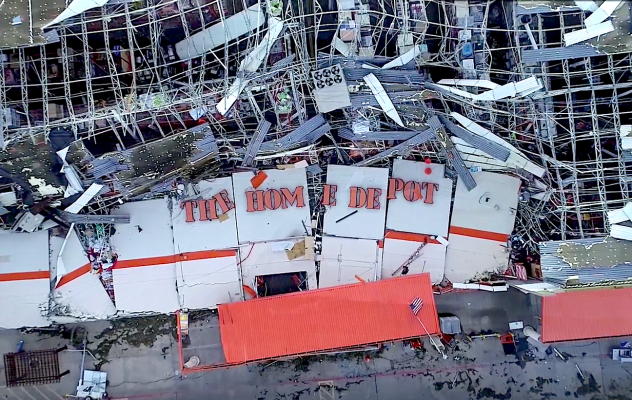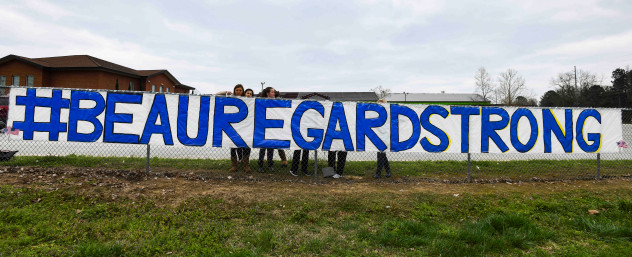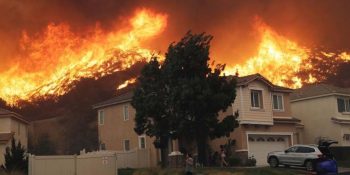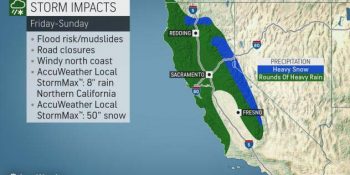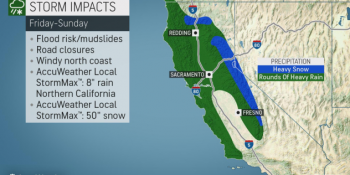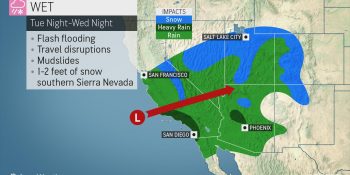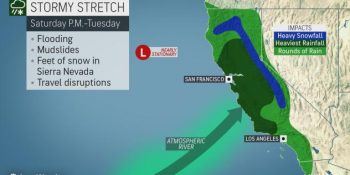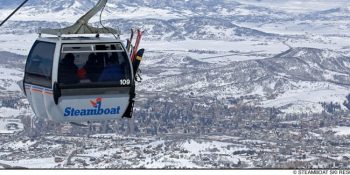More Coloradans traveling for holiday season than ever before.
DENVER (Dec. 20, 2019) – A record-shattering number of Coloradans – more than 1.96 million – will travel over the course of this holiday season, spanning Saturday, Dec. 21 through Wednesday, Jan. 1. That represents Colorado’s highest year-end travel volume on record since AAA tracking began in 2000, and an increase of more than four percent over 2018.
“The end of the year wraps up a decade of historic growth for Colorado, and many Coloradans are taking the news in stride, marking the eighth straight year of successive record-high travel volumes for the year-end holidays,” said AAA Colorado spokesman Skyler McKinley. “We’re lucky to enjoy historically low unemployment and meaningful year-over-year improvements in disposable income and household net worth, and folks are celebrating by hitting the roads and taking to the skies.”
By the Numbers: 2019 Year-End Travel Forecast
- Automobiles: The vast majority of Colorado travelers – 1.78 million – will drive to their holiday destinations, joining the ranks of 104.8 million Americans on the road.
- Planes: Nearly 120,000 Coloradans will travel by air for the holidays, with 6.97 million Americans taking to the skies in total – the most since 2003.
- Trains, Buses and Cruise Ships: Nearly 65,000 Coloradans will travel by other means over the holidays, joining the ranks of nearly 3.81 million Americans in total – a three percent increase over last year.
National economic factors influencing the travel forecast include:
- Despite some near-term wobbles, the U.S. economy continues to grow at a slightly above-trend pace. GDP growth this year is projected at 2.1 percent.
- The national unemployment rate settled at 3.5 percent in November, among the lowest in 50 years. Colorado’s unemployment rate sits well below the national average, at 2.6 percent.
- At a national level, strong gains in household sector wealth and solid growth in incomes provide a firm foundation for continued strength in consumer spending, which is expected to grow by 4.3 percent.
- Gas prices steadily declined in November, paving the way for even cheaper fill-ups for the year-end holidays. AAA expects most motorists to see gas prices drop before the new year, with gas prices in Colorado forecasted to drop a quarter or more.
Avoid Road Rage: Plan for Traffic
For the 104.8 million Americans traveling by automobile, INRIX, in collaboration with AAA, predicts only marginal delays throughout the holiday week – with one notable exception. Motorists should expect the worst delays on Thursday, Dec. 26, with travel times potentially doubled.
Traffic delays can add additional stress to an already hectic season. Drivers are encouraged to maintain a cool head and focus on reaching their destination safely.
- Do not offend: Never cause another driver to change their speed or direction. That means not forcing another driver to use their brakes or to turn their steering wheel in response to something you have done.
- Be tolerant and forgiving: The other driver may just be having a really bad day. Never assume that it’s personal.
- Do not respond: Avoid eye contact, don’t make gestures, maintain space around your vehicle, and contact 9-11 if needed.
Prepare for busy airports Dec. 21-23, steep flight prices Dec. 26
A recent analysis of AAA’s flight booking data revealed that most travelers depart two to four days prior to the Christmas holiday, Dec. 21-23, with the 22nd being the single busiest air travel day of the holiday week. These travelers, on average, pay ticket prices between $593 and $639. Christmas Eve is the best day to travel, with the lowest average price per ticket ($527) and the fewest crowds of the holiday week. Many travelers opt to fly after the Christmas holiday leading up to New Year’s, and they pay a premium to do so. Dec. 26 has the highest average ticket price of the week at $692.

Hotel prices fluctuate; car rental rates reach 10-year high
Travelers will need to budget more for car rentals this holiday season. According to AAA’s Leisure Travel Index, the daily average rental rate this Christmas and New Year’s will reach $84, 11 percent more than last year and the highest price in 10 years. AAA Three Diamond hotel prices have increased one percent to $153, while AAA Two Diamond hotels will average $119, two percent less than last year.
AAA to rescue more than 853,000 motorists
AAA expects to rescue nearly 853,000 motorists at the roadside over this holiday period. Dead batteries, lockouts and flat tires will be the leading reasons AAA members will experience car trouble. In Colorado, AAA anticipates more than 10,500 drivers will require assistance at the roadside during the travel period. AAA recommends motorists take their vehicle to a trusted repair facility to perform any needed maintenance before heading out. Oil changes, fluid level checks, battery tests and tire inspections go a long way toward reducing the chances of a breakdown. Find a good mechanic at AAA.com/Repair.
About the Forecast
AAA’s projections are based on economic forecasting and research by IHS Markit, a London-based business information provider. For the purposes of this forecast, the year-end holiday travel period is defined as the 12-day period from Saturday, Dec. 21 to Wednesday, Jan. 1.
In cooperation with AAA, IHS Markit developed a unique methodology to forecast actual domestic travel volumes, using macroeconomic drivers such as employment; output; household net worth; asset prices including stock indices; interest rates; housing market indicators and variables related to travel and tourism, including prices of gasoline, airline travel and hotel stays.
About INRIX:
INRIX is the global leader in connected car services and transportation analytics. Leveraging big data and the cloud, INRIX delivers comprehensive services and solutions to help move people, cities and businesses forward. Our partners are automakers, governments, mobile operators, developers, advertisers, as well as enterprises large and small.
About AAA Colorado
More than 695,000 members strong, AAA Colorado is the state’s greatest advocate for the safety and security of all travelers. As North America’s largest motoring and leisure travel organization, AAA provides more than 60 million members with travel, insurance, financial, and automotive-related services — as well as member-exclusive savings. A not-for-profit organization since its founding in 1923, AAA Colorado has been recognized as the number one Colorado company its size for its advocacy, community engagement, and corporate social responsibility efforts – and is a proud member of Points of Light’s “The Civic 50 Colorado,” recognizing the 50 most community-minded companies in the state. For more information, visit AAA.com.
SPREAD THE NEWS
COMMENT, Like, Follow & SHARE @I70Scout
CURRENT EDITION
WEATHER & TRAFFIC PUZZLES RECENT NEWS ADVERTISE WITH US

